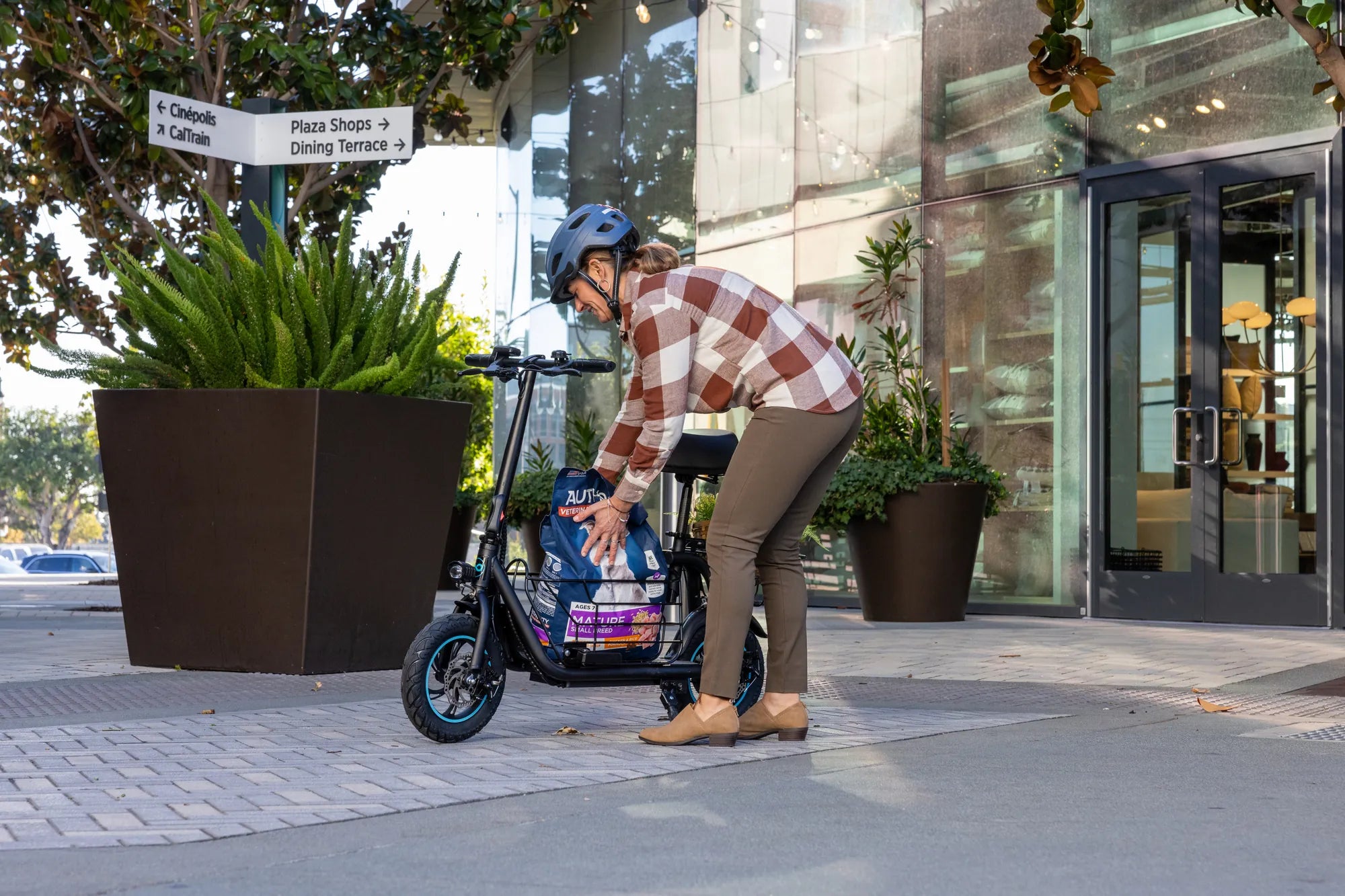Electric scooters have become a popular mode of transportation, offering convenience and eco-friendly travel. But one question often arises: are electric scooters waterproof? Whether you're a daily commuter or an occasional rider, understanding how your scooter handles wet conditions is crucial for safety and longevity. Let’s dive into the details.
Understanding Waterproof Ratings for Electric Scooters
Not all electric scooters are created equal when it comes to water resistance. Manufacturers use Ingress Protection (IP) ratings to indicate how well a device can withstand dust and moisture. The rating consists of two numbers—the first for solids (like dust) and the second for liquids (like water). For example, an IP54 rating means the scooter has moderate protection against dust and splashes.
Most electric scooters fall into one of these categories:
- IPX4: Resists water splashes from any direction but not heavy rain or submersion.
- IPX5: Can handle low-pressure water jets, making it suitable for light rain.
- IPX7: Can withstand temporary immersion in water up to 1 meter for 30 minutes.
Few scooters are fully waterproof (IP67 or higher), so always check the specifications before riding in wet conditions.
Risks of Riding an Electric Scooter in the Rain
Even if your scooter has a decent waterproof rating, riding in heavy rain or through deep puddles can still cause damage. Here’s what could go wrong:
- Electrical damage: Water can seep into the battery or motor, leading to short circuits or corrosion.
- Reduced traction: Wet surfaces increase the risk of slipping, especially on smooth tires.
- Braking issues: Water can reduce the effectiveness of disc or drum brakes.
If you must ride in the rain, avoid deep puddles and dry your scooter thoroughly afterward to prevent long-term damage.
How to Protect Your Electric Scooter from Water Damage
If your scooter isn’t fully waterproof, these tips can help minimize risks:
- Use a waterproof cover: When parked outdoors, a cover can shield your scooter from rain.
- Apply silicone sealant: Sealing gaps around the battery and motor can add extra protection.
- Avoid deep water: Never submerge your scooter, even if it has a high IP rating.
- Dry it properly: Wipe down the scooter after riding in wet conditions to prevent moisture buildup.
What to Do If Your Electric Scooter Gets Wet
Accidents happen, and your scooter might get soaked despite precautions. Here’s how to handle it:
- Turn it off immediately: Prevent short circuits by powering down the scooter.
- Remove the battery (if possible): Let it dry separately to avoid damage.
- Dry all components: Use a towel or air-dry the scooter in a well-ventilated area.
- Check for damage: Test the scooter after it’s completely dry to ensure everything works.
If you notice any malfunctions, consult a professional before using the scooter again.
Are There Fully Waterproof Electric Scooters?
While most scooters are water-resistant rather than fully waterproof, some high-end models boast IP67 or IP68 ratings, meaning they can handle heavy rain and even brief submersion. However, these are rare and often come at a premium price. Always verify the IP rating before assuming your scooter can handle extreme conditions.
Riding an electric scooter in the rain isn’t impossible, but it requires caution. Knowing your scooter’s limits and taking preventive measures can save you from costly repairs—and keep you rolling smoothly, no matter the weather.

Share:
Electric Scooters With Seats: The Ultimate Guide to Comfort and Convenience
Electric Scooters: The Future of Urban Mobility and Sustainable Transportation